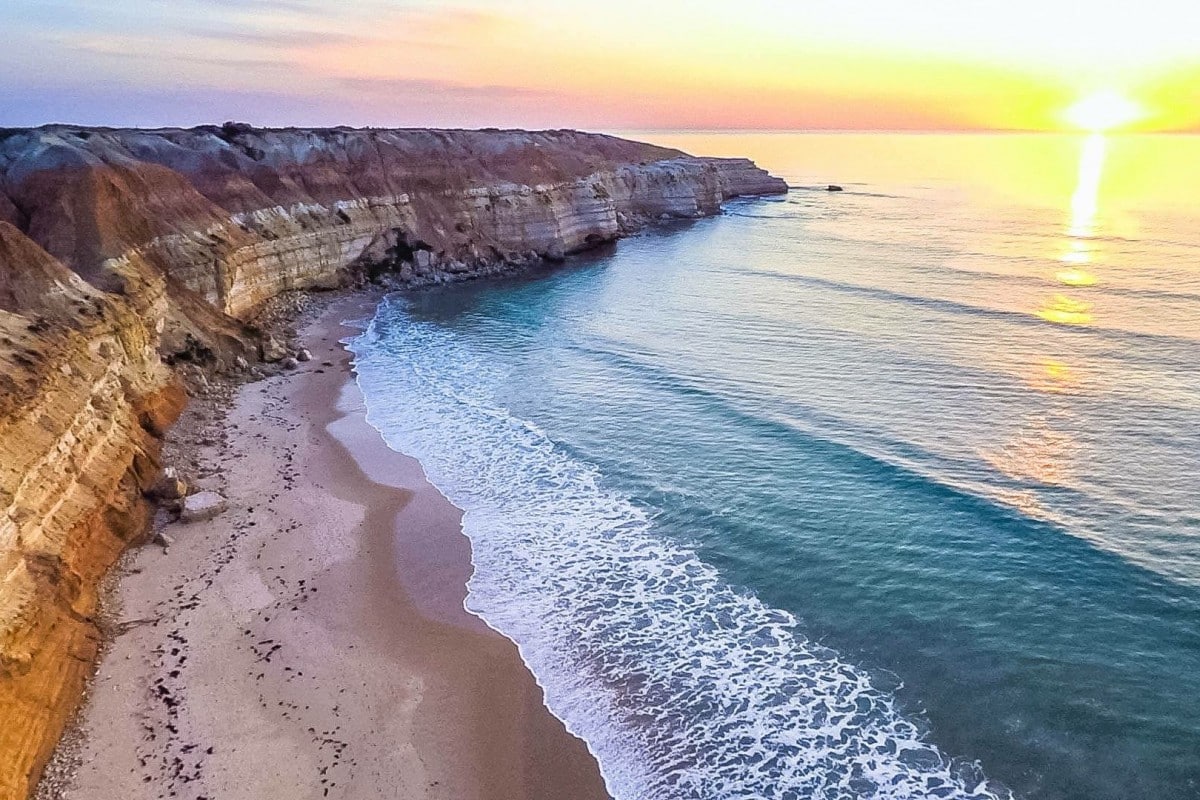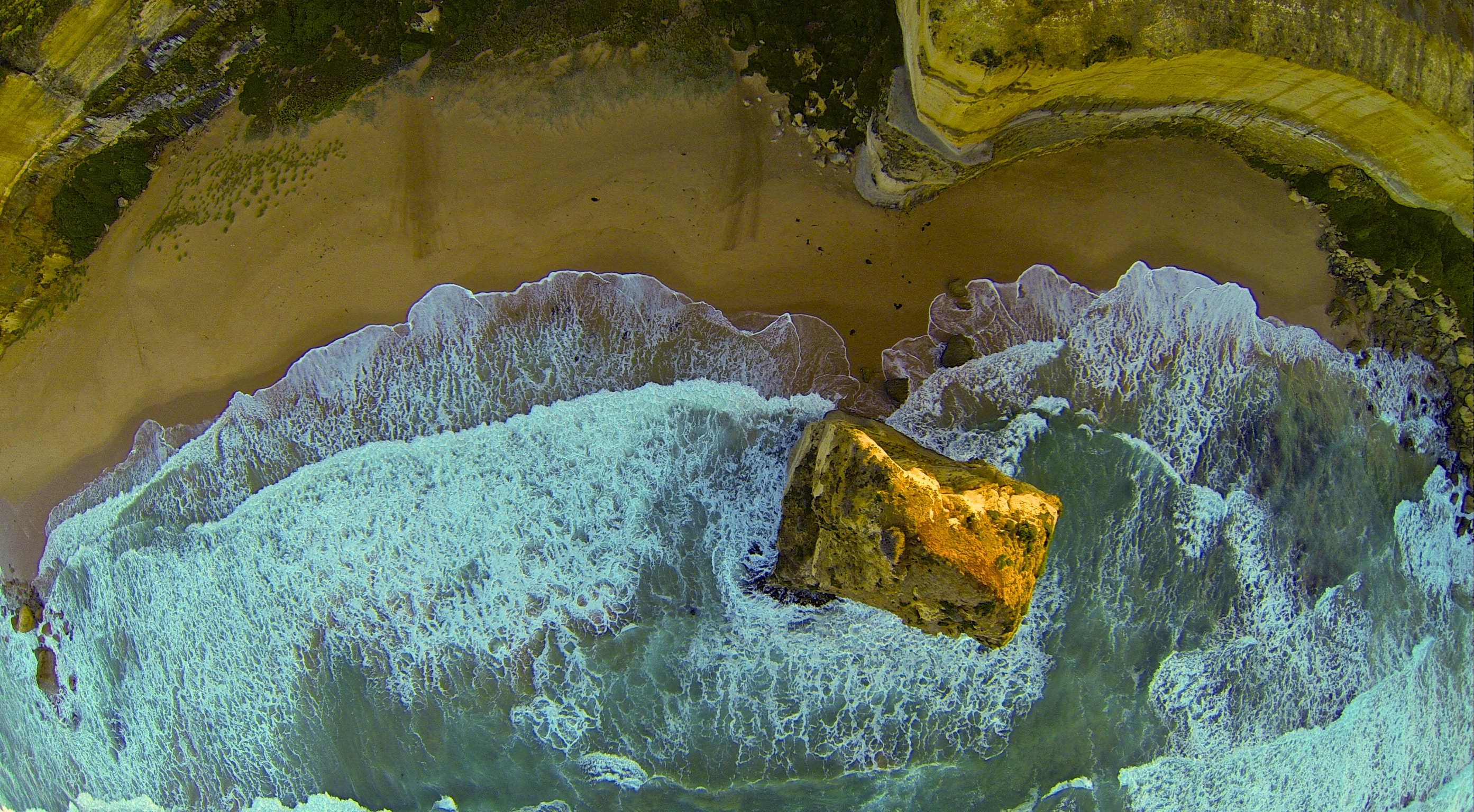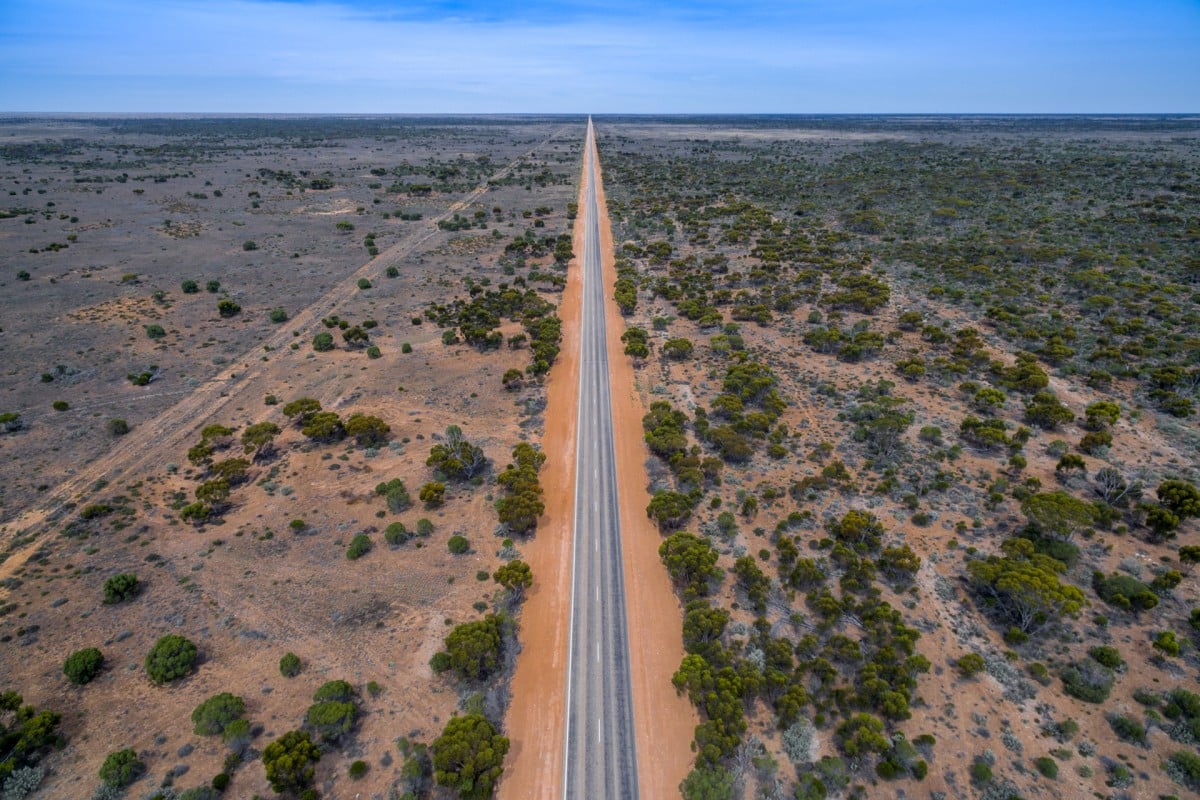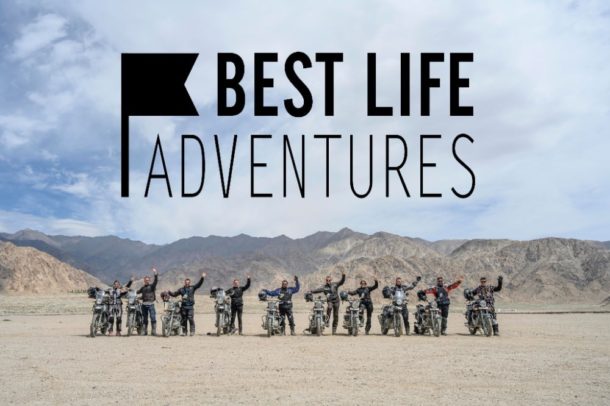Today travellers, tourists and backpackers alike share the latest and greatest moments of their world travels across social media platforms with greater urgency and in greater numbers than ever before.
With so many digital platforms offering a window into the world of that annoying friend catching tubes at Byron Bay, dining on the finest granola and chai breakfast bowl at their hinterland health retreat or blowing bubbles with Nemo on the Great Barrier Reef, the social currency of the moment is capturing your supposedly ‘average day’ in a unique way and broadcasting it to the world.
A few years ago everyone seemed to be armed with a selfie stick when visiting tourist locations around the world. Then attaching a GoPro to your body was the only way to capture that moment as you threw yourself off a bridge/cliff/aircraft with only a bungee cord around your leg for safety.
Fast forward to today and the inception of the drone (or UAV or RPA as they like to call them here in Australia) has become the digital storytellers go-to tool when it comes to capturing mind-blowing photos or video of that ‘where-I-am-is-so-much-better-than-where-you-are’ moment.
In the last few months the cost, size and weight of drones has reduced drastically, the quality of their cameras have developed to those of cinematic proportions, and thanks to incredible sensors and GPS positioning they’re now easier to use than a Google self-driving car.
All of this takes them from a world of exclusive top-end production companies, into the realm of the everyday traveller. The latest release from action-camera specialist GoPro, in the form of the Karma, and the Mavic from drone-gurus, DJI, have delivered truly portable, easy to use, phenomenally advanced filmmaking aircraft that can be thrown into a backpack and taken on your next international adventure.
Taking a drone on holiday with you can seem like a great idea but with so many different rules and regulations imposed by the different states of Australia it’s not as easy as simply getting out your new-fangled flying machine and sending it up in the air to soar with the boobies (they’re the blue-footed birds found around the coastline).
There’s a little more to it. Here’s our guide to staying on the right side of the law in the Great Southern Land:
WHAT ARE THE RULES?
There are a set of nationwide rules laid out by CASA (Civil Aviation Safety Authority) – the government organisation who take the fun out of….sorry, police the skies above Australia, so keeping them happy is your number one priority.
Australian country-wide rules for recreational users
For recreational users and tourists you have to adhere to a fairly simple set of flying rules to stay within the law:
- Keep your aircraft in visual line-of-sight i.e. not too far away and not behind buildings etc where you can’t see it.
- Only fly in daylight hours
- Don’t fly in clouds or foggy conditions
- Not closer than 30 metres to vehicles, boats, people or buildings
- Not over beaches, parks or sports pitches when there are in use
- Not higher than 120 metres
- Not within 5.5km of airfields, aerodromes and helipads

If you decide to upload your footage to YouTube, any other online video platform, website or social media channel and receive any commercial benefit from it, then you cross the line and become a ‘commercial operator’.
This opens an entirely new can-of-worms, especially for overseas visitors. Applying for an ARN (Aircraft Reference Number) is compulsory, takes up to five working days to process and requires an Australian home address to register. Stage two requires you to give CASA five days notice of the state and region you’re hoping to fly in. Perfect for residents, not so great if you’re here on holiday.
If you’ve just arrived on a plane for a short holiday then what do you do? Fly as a recreational user, don’t try and make any money out of the footage and you can take-off within minutes of landing on Australian soil…assuming you’re at least 5.5km from an airport of course.
WHERE YOU CAN FLY:
Across the vast majority of the even vaster Outback, along thousands of kilometres of Australia’s deserted beaches, and anywhere that’s not classed as a National Park. These are subject to different regulations depending on which state you’re in. Some, like Queensland, are really easy going; others are a little more restrictive! (See below for the different regulations each of the states impose on recreational flying)
One destination backpackers and tourists flock to is Fraser Island in Queensland. If you want to fly there, stay at least 5.5km from the landing strip on 75-mile beach and the same distance from the resort helipads and you’ll be ok.
Over rivers, lakes and the ocean if you’re brave…or stupid enough!
Iconic Places
- Whitehaven Beach – safe to fly but stick to the far southern, or northern end of the beach as scenic flights regularly land in the middle of the beach. Be especially conscious of your 120m-flight ceiling as helicopters and seaplanes use this area all the time
- Daintree Rainforest – respect the wildlife, the locals and the amazing trees and you’ll be ok
- Mossman Gorge – keep the same in mind as above
- Great Barrier Reef – allowed across the entire reef (excluding near airports, aerodromes and helipads) but worth checking with you tour operator first as different companies have different rules
- Fraser Island – safe to fly across the entire island, but it’s best to stay away from the beach landing strip halfway up 75-mile beach as tourist flights regularly land and take-off there
WHERE YOU CANNOT FLY:
Iconic Places
- Hamilton Island – with a major runway on the island it’s well within the 5.5km exclusion zone
- Twelve Apostles – they are one of Victoria’s National Marine Parks
- Sydney Harbour – anywhere around Sydney Harbour, over the Opera House or past the Sydney Harbour Bridge
- Bungle Bungles – as part of the Purnululu National Park you can only fly by applying to the local Parks and Wildlife office – find out more here
- Uluru (Ayres Rock) – you’ll see signs everywhere warning you that the area is a culturally sensitive place for the Aboriginal people. Respect it and keep your drone in the box. If you do want to see some incredible footage of the famous red rock, the team from Grainger Films, were granted special permission to film a one-off.World-First Drone Filming of Uluru from Grainger Films on Vimeo.
Other ‘don’t fly’ situations
- Don’t fly anywhere within 300 metres of whales or dolphins (500m if you’re in Queensland waters and you’re following the famous white whale – Migaloo). It’s not worth the fine you’ll cop if they find your footage online!
- Over any emergency vehicles at the scene of an incident, bushfires (think about the fanning effect caused by a drone’s downdraft)
- Anywhere within 5.5km of any airport, aerodrome or helipad. Download the Safe to Fly? app from the team at Wickedcopters to find out if you’re in a restricted zone
- Don’t fly over city centres which have generally no-fly-zones enforced around them anyway
- If you’re thinking about filming anywhere with lots of people i.e. a festival, at the beach, over a sports event – then think again. Although the likelihood of a malfunction being very unlikely, if anything does go wrong and your drone smashes into a group of people, not only will you have to foot the bill for a new machine, but probably a few facial reconstructions at the same time. Stay away from crowds.
WHAT ABOUT FLYING IN A NATIONAL PARK?
Annoyingly enough, different states have different rules so it’s worth reading up before you take the skies. I’ve written a complete blog post all about this on Adventure Free Tours website
WHAT ABOUT TAKING MY DRONE ON TOURS?
We spoke to a few different tourism operators around Australia to gauge their reaction as there seem to be a few differing opinions. The best bet is to contact your tour operator a few days in advance so they can make a decision with their management team. Don’t turn up assuming you can use your drone! To find out more information have a look at this blog post I wrote on Adventure Free Tours website.
TOP TIPS FOR DRONE USE IN AUSTRALIA
- You’ll probably fly on a plane while you’re in the country and CASA regulations state that all batteries must be in your carry-on luggage not checked in. Batteries for most consumer drones are rated below 100Wh (DJI Phantom 4 runs at 81Wh) but if it’s over, you need to inform the airline before flying
- When flying on a plane, carry your spare batteries in a LiPo fire-protective pouch to avoid any chance of torching the plane. It’s better for everyone onboard
- Australia basks in glorious sunshine most of the year, which means extra-ordinary levels of glare that will affect the quality of your video. Do yourself a favour and buy a selection of ND filters to help reduce it
- Don’t chase koalas up trees, kangaroos across paddocks or wombats down their burrow – Australia’s wildlife is unique and needs looking after. Take photos and video with your camera on the ground instead
HAMERSLEY | a pilbara aerial film from Dan Proud on Vimeo.
Adding a drone to your arsenal of film and photographic equipment is a must, when it comes to digital storytelling. Have you bought a drone to Australia and used it? Share your thoughts, stories and images below. Happy flying!






